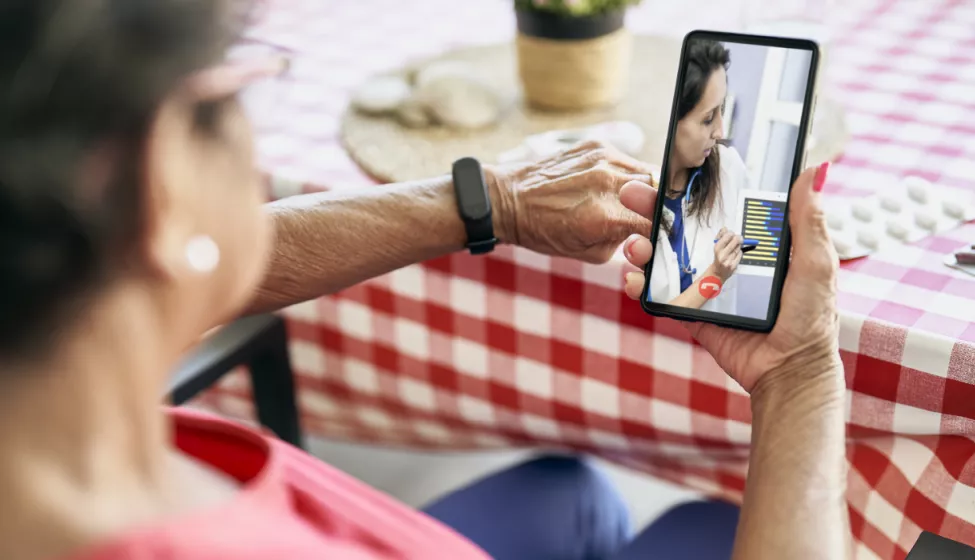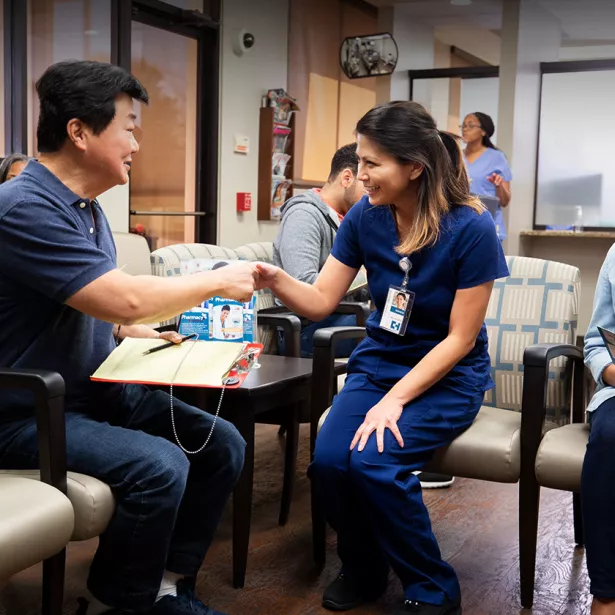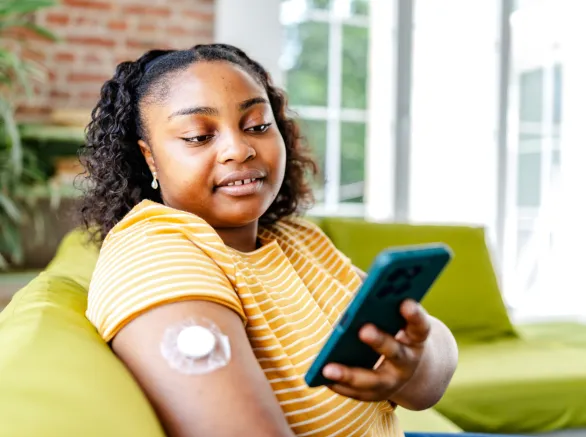April 21, 2022
Three considerations for deploying digital health technologies
Digital technologies are opening innovative pathways for life sciences companies to demonstrate value in use for clinical development, commercialization, and life cycle management. Deploying devices including wrist wearables enables biopharma, device, and diagnostics companies to collect real world data (RWD) demonstrating value in practice specific to person-centric populations. Digital deployment facilitates ongoing engagement at a lower level of active user participation, enhancing the consistency and quality of data for demonstrating clinical, economic, and experiential value.
The implications are significant in executing clinical development, commercialization, and life cycle management. Integrating RWD can reduce costs and time to market by accelerating evidence generation, refining development pathways, and defining effects of therapies.
One of the most impactful uses of information derived from digital technologies is producing convergent evidence — evidence that augments core clinical, behavioral, and economic intelligence.
This new evidence supports cross-referencing and validating therapeutic insights, enriching population or cohort-specific assessments for benefits and risks — and creates opportunities to enhance person-centric care.
Achieving this type of transformation will require life sciences firms to scale sensor-based technologies to support virtual trials and integrate RWD outputs into existing systems. Despite the inherent flexibility and tailormade potential of sensor-based technologies, their implementation poses new challenges. Without significant precedent, companies must choose the right devices, deploy them among users, and make sense of broad, novel data sets.
Here, incorporating Exponent cases and relevant examples from the market, we explore three actionable steps stakeholders can leverage to begin unlocking value with sensor-based technologies.
Select and deploy a fit-for-purpose technology solution
A fit-for-purpose technology solution precisely targeted to its user captures priority RWD requirements at the right level of accuracy, quality, and application relevance. That means the very first step is clearly defining the RWD being sought as well as how it will be integrated at the end of the trial. A sensor-based technology, whether a wearable or other item, must be capable of recording the right data with appropriate sensitivity and specificity to offer the right value.
The second consideration is who will use it. To continue refining the best fit-for-purpose device, consider mapping "person-centric archetypes" to device options. These are the behavioral, clinical, economic, locational, relational, and social factors that may affect users' ability and willingness to wear a sensor-based technology as prescribed.
Understanding how these factors impact adherence creates a basis for defining cohorts and personalized engagement. Push notifications, surveys, or a hybrid approach that combines wearables with weekly video check-ins can all be developed around person-centric archetypes. Co-factors such as connectivity with other apps, battery life, data storage, and privacy and security can all distinguish good options from the best fit-for-purpose technology solution.
Finally, after the right device has been identified, education is essential to deployment. If the chosen technology is poorly understood or difficult to use, adherence will suffer, and the value of the trial may be lost. Instructions should be simple, direct, and empowering. Pairing initial training and quick-reference guides with live support can help build a full educational toolkit that fosters engagement and anticipates questions before they become obstacles.
In a recent sensor-based technology trial among several hundred young adults living in close quarters, a Bluetooth-enabled wrist device was deployed for augmenting manual COVID-19 tracing and monitoring. The choice of technology seemed relatively straightforward given the age and demographics of the population. The exact device selection was refined by its ability to track specific physiological measures (e.g., body temperature, heartrate, respiration) and support daily reporting about symptomatic individuals and their proximity to others.
However, the assumption about easy adoption of the wrist wearable initially proved wrong. As it became clear that the number of those wearing the device was much lower than expected, measures were taken to overcome the lack of adherence. For example, randomized surveys were launched aimed at uncovering obstacles to adoption, which offered areas that could be addressed in communications, such as perceived personal value and technical challenges.
Contextualize individual data inputs
Two benefits of deploying sensor-based technologies are the ability to capture substantial information over time using a modest sample size and the ability to diversify that sample to reflect an affected population. Failing to contextualize individual data through functional activity tagging, location tracking, and evaluating findings relative to convergent evidence can compromise realizing either benefit.
For instance, what conclusions should be drawn about fatigue, depression, or insomnia when a wrist wearable indicates a person completes daily walks with push notifications but then sleeps or sits for hours afterward? So, too, logging sudden spikes in a person's heartrate without assessing corresponding activity levels and types could create an inaccurate evaluation of risk.
No single data point is generally sufficient to draw conclusions on efficacy, effectiveness, or safety. Sensor-based technologies provide a means of augmenting and complementing finite data from standard clinical trials, registries, and electronic medical records to create a comprehensive understanding of the factors that affect outcomes — as well as the variations in factors that influence outcomes across cohorts over time.
A 2018 interdisciplinary research initiative deployed a combination of sensor-based technologies to monitor treatment emergent adverse events among individuals with metastatic breast cancer, including resultant skin conditions. Key to the effort was assessing the efficacy of a specific smartphone app technology designed to detect the frequency and duration of itching at night due to dermatitis. The study incorporated a control group and compared the outputs of the individuals with metastatic breast cancer with prior forms of person-specific monitoring. The results indicated the application was reliable in assessing nocturnal itching, proving its worth in future virtual trials and treatment. Perhaps more importantly, however, integrating sensor-based technologies including wrist devices, accelerometers, and belt clips led to a level of adherence and quality of data insights that was superior to previous surveys, questionnaires, and video monitoring — and better characterized individuals' symptoms, leading to practical interventions for issues such as sleep duration and quality. In this way, the benefit of the sensor-based virtual trial was multifaceted, providing insights into the use of an emerging technology, a comparison for user adherence, and immediately actionable treatment options.
Demonstrating therapeutic value
To build on the contextualized inputs from individuals, data analysis at the end of a virtual trial should further refine understanding about the effects of interventions and outcomes among specific cohorts.
For example, linking wearable-derived physiological outcomes, both acutely and longitudinally, to standard self- or clinician-reported modalities can provide important data-driven insights into intervention efficacies, gaps, and refinement opportunities. Integrating new data with existing systems and analyses is essential to capturing the value of convergent evidence. Companies should consider integrating data such as standard clinical trial outcomes, claims, and medical records in a scalable, replicable platform that supports assessing the value and risks of therapeutic treatments over the long term.
Analyses may also include applying information derived from sensor-based technologies to improve knowledge and awareness about the effects of social, economic, and environmental factors on clinical outcomes, which can make a real impact in clinical practice. Evaluating these factors can help clinicians and researchers identify co-factors for adherence, adoption, risk, and success that promote personalized approaches to overall care.
A pharmaceutical company recently developed a new drug therapy for depression and was seeking to support the launch of its product by demonstrating the immediate and ongoing clinical value of the drug. The goal was to enter the market with access, coverage, and payment secured, in part through performance-based agreements.
To achieve this, the company needed to select the right sensor-based technology and associated electronic reporting methods to capture RWD on specific factors of interest, including insomnia, anxiety, weight, work habits, social activities, and cognitive function.
At the end of the trial, the data was integrated with the company's broader digital tools and analytics process to combine the virtual trial data with standard clinical data such as claims, medical records, and individually reported outcomes. The result was a refined value proposition for the drug therapy and ability to enter the market with performance-based payment in place.
How Exponent Can Help
Exponent's multidisciplinary team of health economics, human factors, biomechanics, and epidemiology experts provides solutions to life sciences clients that leverage digital health technologies to unlock value in clinical development, commercialization, and life cycle management. Our approach integrates knowledge of disease and current therapies with expertise in human behavior and data sciences, providing the ability to select the right technologies and create "fit for purpose" platforms that are scalable and replicable. The result is fostering convergent evidence thru person-centric engagement that facilitates demonstrating clinical, economic, and experiential value in practice.
What Can We Help Solve?
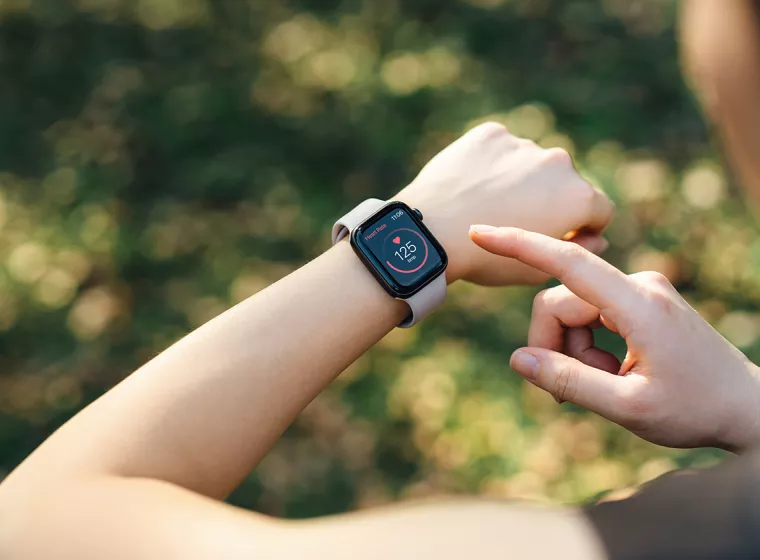
Next-Gen Wearables in Healthcare
Effectively demonstrate the clinical, experiential, and economic value of wearable devices.
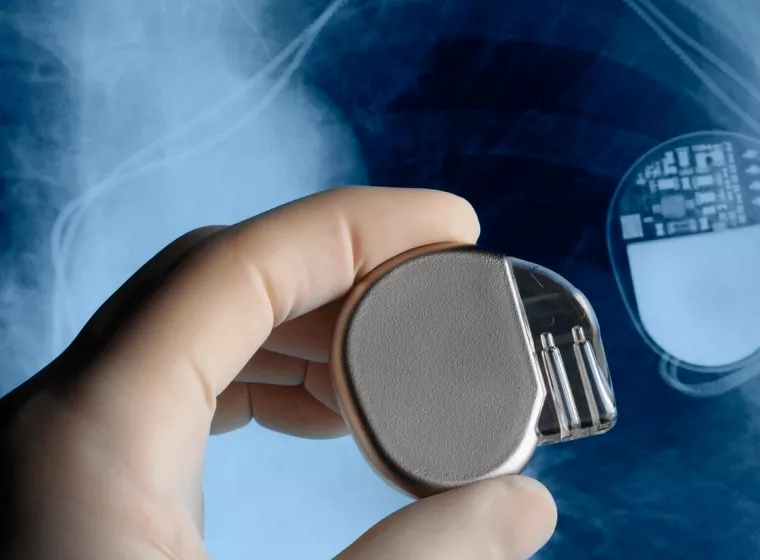
Biomechanical Expertise for Clinical Technologies
Evaluate medical devices and technologies with a top-tier, multidisciplinary approach.
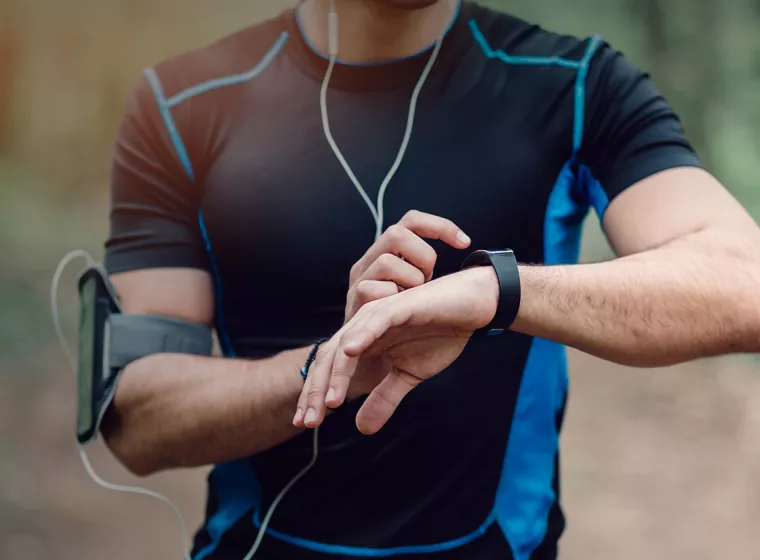
Real-World Evidence Consulting
Leverage real-world data to improve healthcare decisions.
